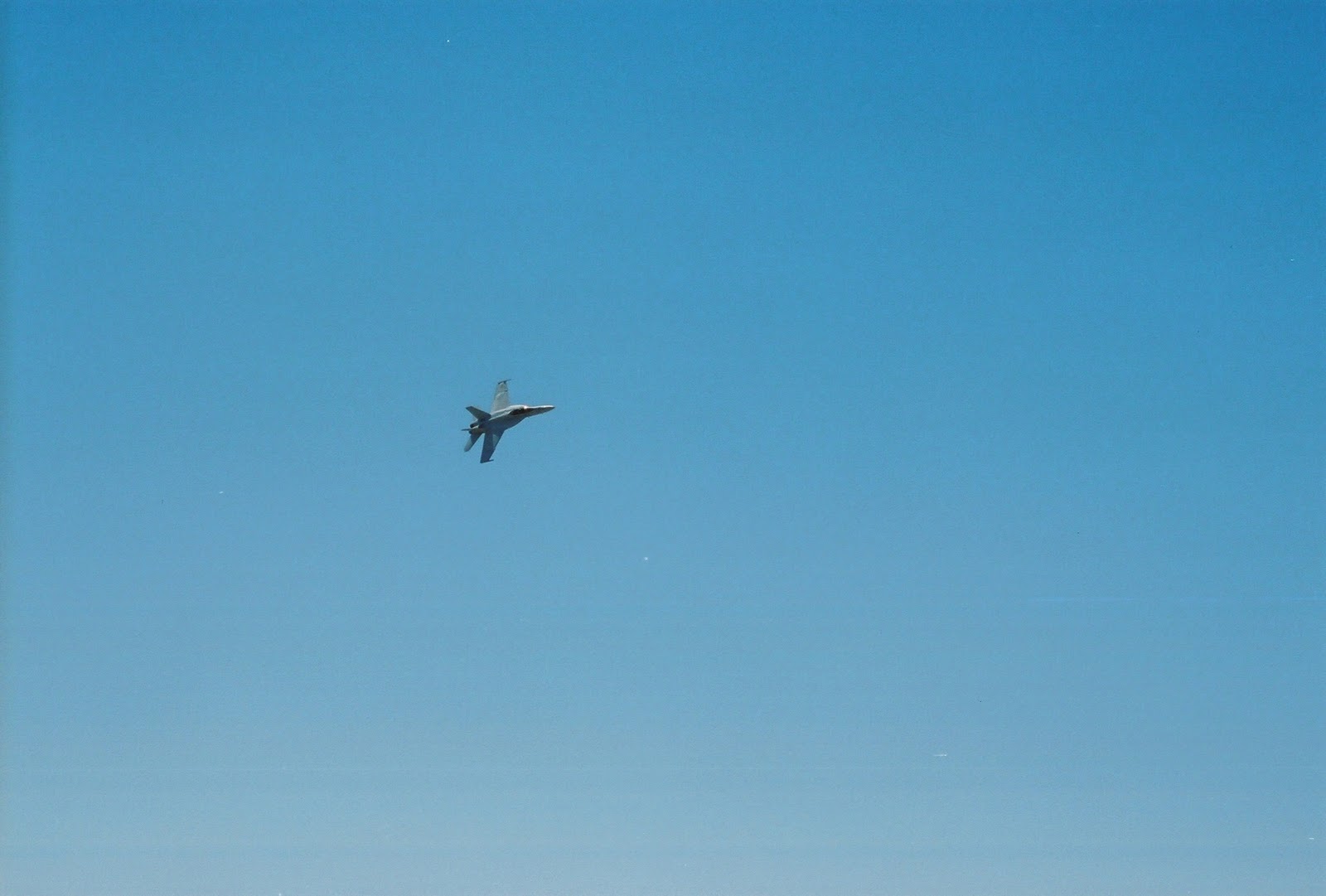
Sunrise over Colorado, Kansas, or Oklahoma.

Wyoming
This is another one of those topics which relate to the massive change
in transportation we've witnessed over the past century. As followers
of this blog know (okay, there are not followers, it's just me) this
blog is attempting to focus on the first part of the 20th Century, and
look at that era, but we do occasionally stray into more recent ones for
comparison purposes as well.
This topic nicely illustrates these changes.
On Sunday I flew down to Tulsa, which is the second time in the past
three months I've visited Tulsa (very nice town, by the way, in my
view). This time, I left Casper around noon and flew via United
Airlines to Denver Colorado. I had a three hour lay over in Denver, and
then flew on to Tulsa, arriving about 8:00 p.m. their time. I worked
in Tulsa the next day, and then I flew back yesterday morning, leaving
Tulsa about 6:30 am. I was back in my office about 10:00 am, local
time.
Okay no big deal, right?
Well, take this back a century and lets do the same trip, for the same purpose.
Now, granted, a person in Casper Wyoming would be pretty unlikely to
make such a business trip to Tulsa in 1911. That's illustrative of the
change right there. Hardly anyone would do that unless there was a very
significant reason to do so. Given the region, I don't doubt that this
did sometimes occur, but it would be infrequent. By the 1930s,
however, such a trip would have been much more likely.
In either event, such a trip would have been by train, not plane (plane
is a theoretical possibility for the 30s, but mostly theoretical). What
would that have entailed. Well, it would have started with boarding the
train downtown here in Casper, probably early Sunday morning, and then
making a series of train transfers all day long. You'd probably sleep
in the train at night. Maybe you'd have to leave on Saturday,
particularly if you intended to start work on Monday.
You'd still stay over Monday night, as I did, but you'd re-board a train on Tuesday morning, and spend all day traveling back.
Perhaps all this doesn't seem as dramatic of change to you, as to me,
but it is significant. What we now do in a matter of hours was then
done in terms of days. I still had time to myself Sunday morning, and
worked most of Monday here in my office. That, at least, would have been
different.
What about plane travel, when that became possible? I'm not sure when
Casper received regular air traffic, but I believe it would have been
some point in the 1930s. I have no idea what the travel patterns were
like, but it sure would have been a lot slower. Could you fly from
Casper to Tulsa in a day? Perhaps, but I'd guess it would have been
pretty much an all day type of deal.







